Chinchero Ruins
After breakfast at Pension Alemana, our hotel in Cusco, we took a a shared taxi, or collectivo, to Chinchero. We went to a courtyard in the city where the collectivos to Chinchero wait, and got in a seven seater car and waited for it to fill up. The wait was maybe 5 minutes, and once we had eight folks we left. We paid 6 soles (US$2) for the both of us for the 45 minute drive to the village.
It was Sunday and on Sunday you can experience two things in Chinchero: Inca ruins and a market. When we arrived the merchants were just setting up the market, so we proceeded to the ruins.
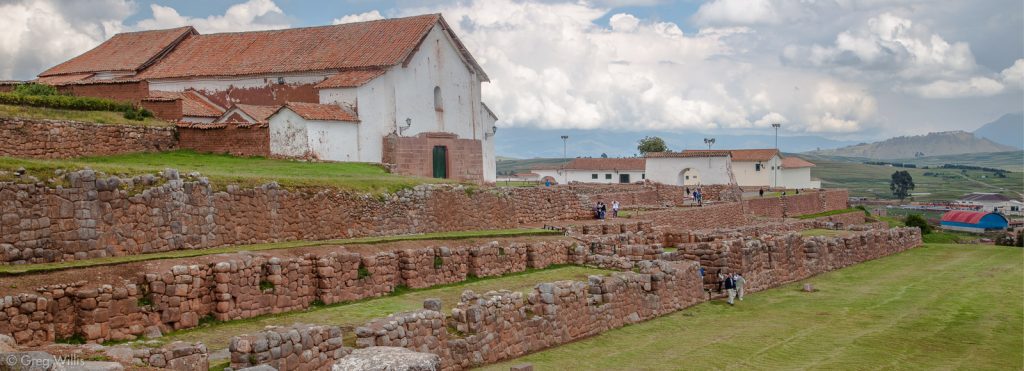
Chinchero was the royal estate of Topa Yupanqui, the tenth Inca king and son of the great Pachacuti. He built this estate during his reign in the late 1400s. Of the royal estates around Cusco, guidebooks recommend Chinchero the least. Most of the buildings have either been lost or incorporated into the church or other structures, all that’s really left are the terraces. But what terraces! Their restored condition is excellent and they dramatically overlook a sharp ravine. In the near distance the mountains of the Sacred Valley rise and beyond them stand the high peaks.
But in addition to the terraces, Chinchero have three sets of large wak’a, or shrines carved in large rock outcrops. The first on our walk, Titicaca, lies down from and north of the large main plaza and west of the main terraces. It is a huge split boulder with each section as large as a house. It has a couple of sets of stairs carved, a large niche, as well as other modifications.
We then walked down stairs to the bottom of the ravine, then along the bottom terrace that parallels the stream to the Chingana wak’a. This was very impressive. Like the Chingana Grande in Sacsayhuaman, this Chingana has an incorporated water feature — a delicate four foot waterfall right next to a carved angle. Other carved sections included something that looked like a shallow stage. This boulder is almost spherical, and we climbed atop and posed on the many seats and platforms.
We then walked up the terraces. The remaining wak’a that we found were not as impressive and were roped-off preventing any posing on top. We walked back to the market through the town, still Inca in layout and design.
Chinchero Market
The market was the best we found in the Sacred Valley: plenty of vendors, local women in their traditional dress, food and drink. Although we bought souvenirs, it was not just for tourists. Many stalls sold fresh fruit & vegetables, bread, and cheese for the folks living in Chinchero and the surrounding villages. Lunch was delicious fried trout, a chile relleno, 2 baked potato, & salad — all for 8 soles, less than US$3. Then I had chicha, a fermented corn beer, scooped from a bucket. This chicha had some strawberry in it, so it was pink. It was slightly tangy and had a sweet hint of the strawberries.
We then caught a collectivo back to Cusco, this one being a proper mini bus, at 8 soles for the two of us.

Visiting the Chinchero ruins and market is a great day-trip from Cusco. And one you can totally do on your own.
- Date: Sun 9 Apr 2017
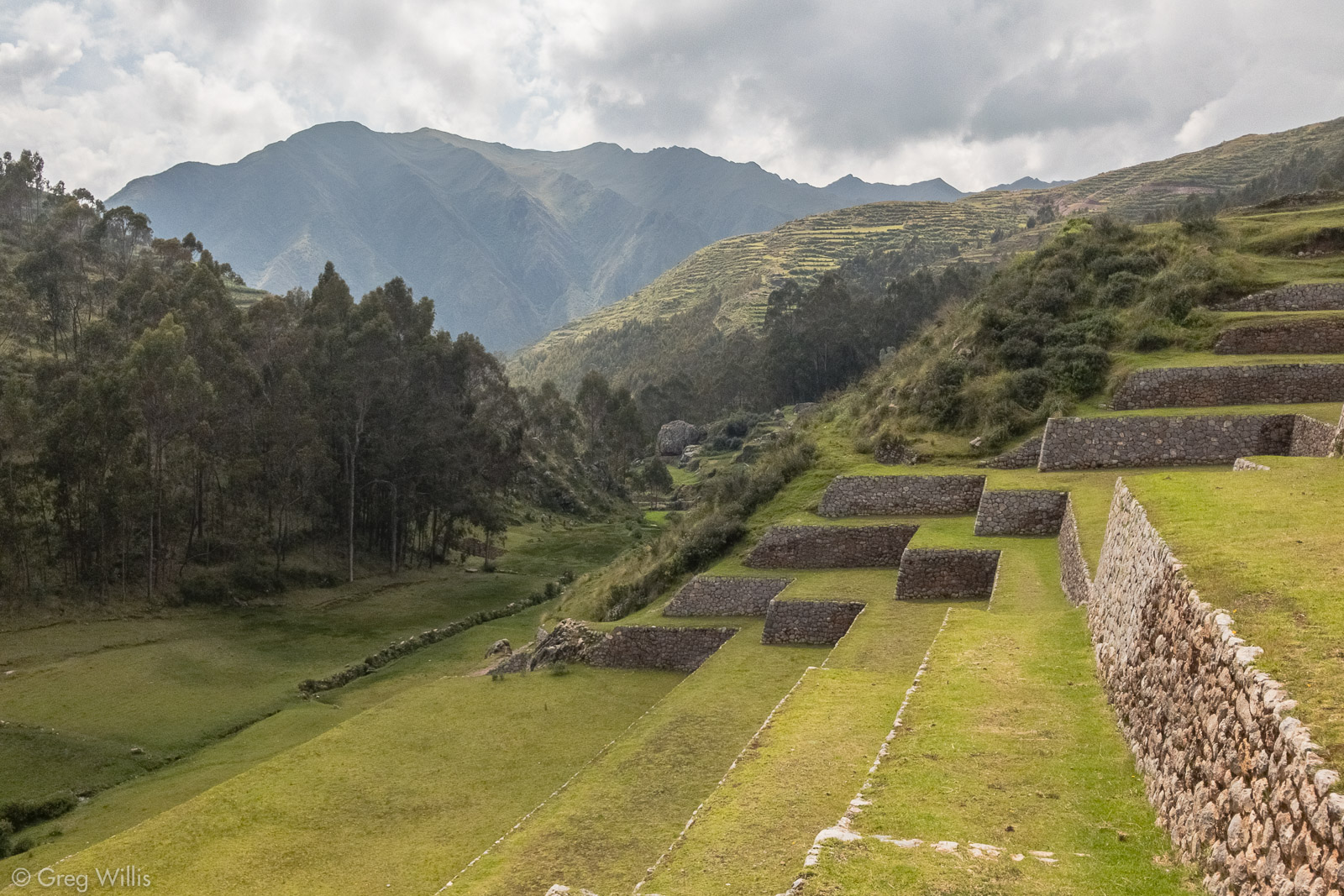

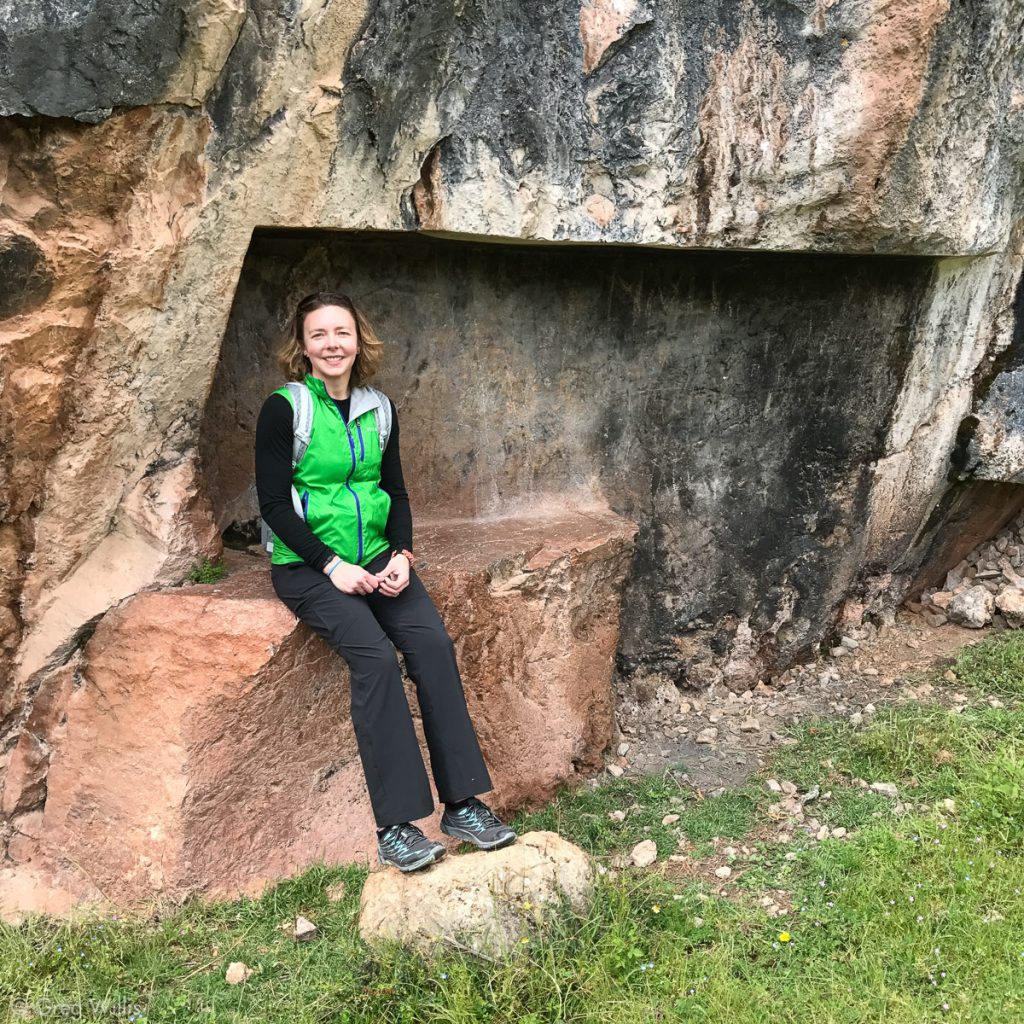

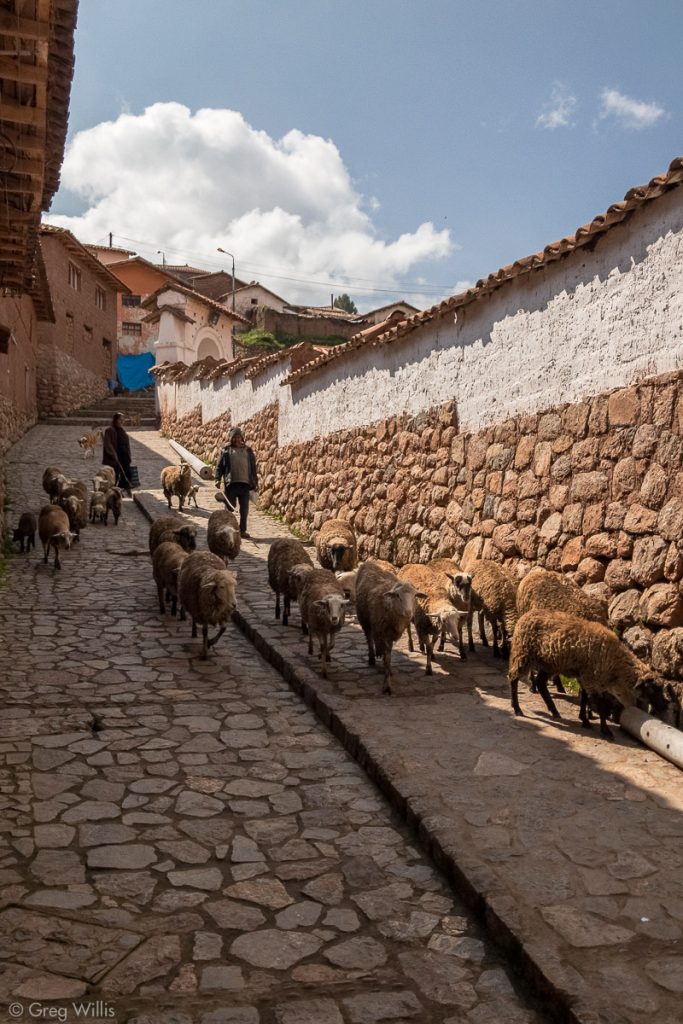
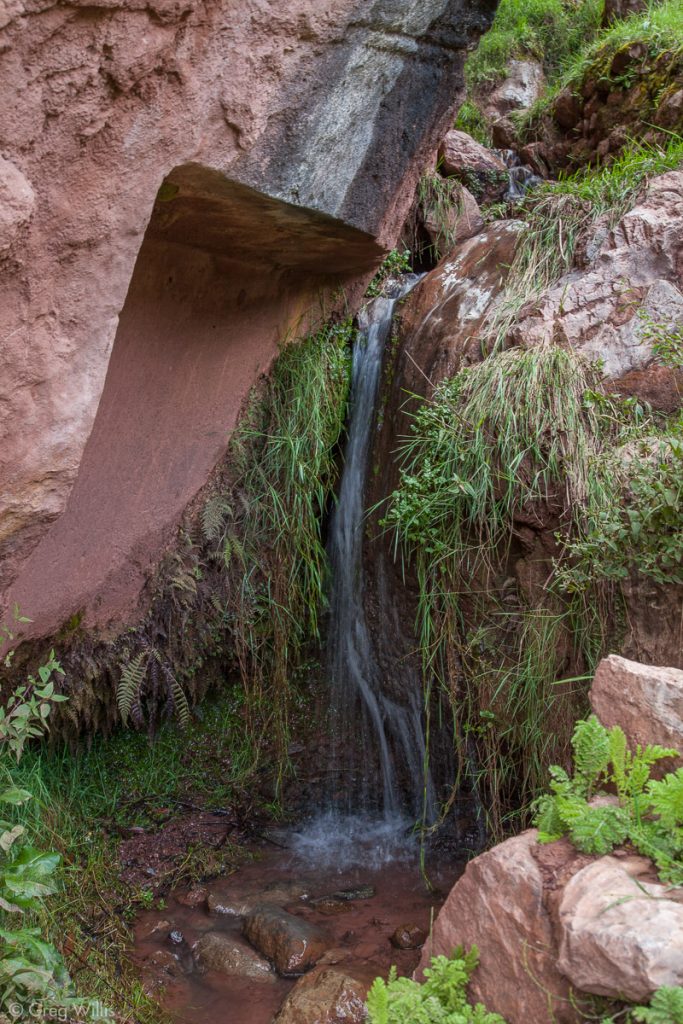
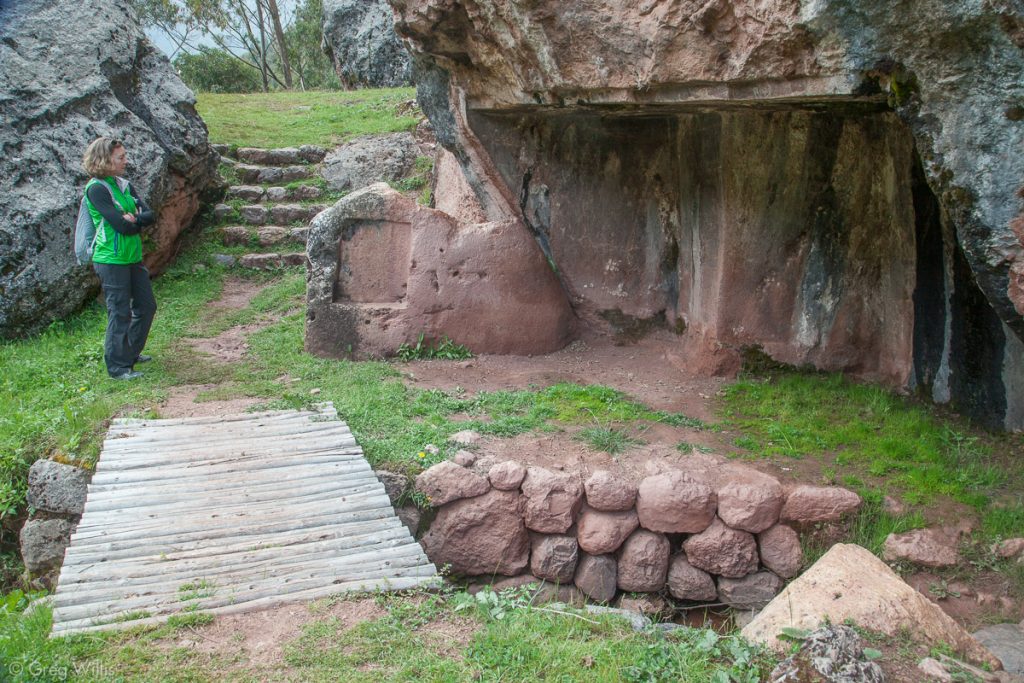
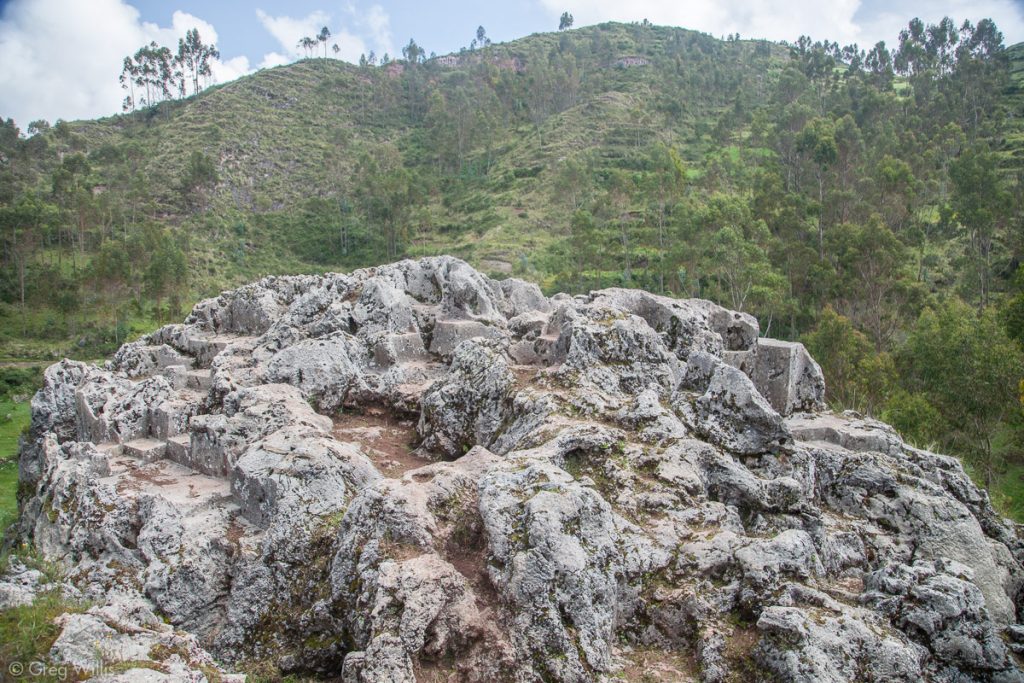

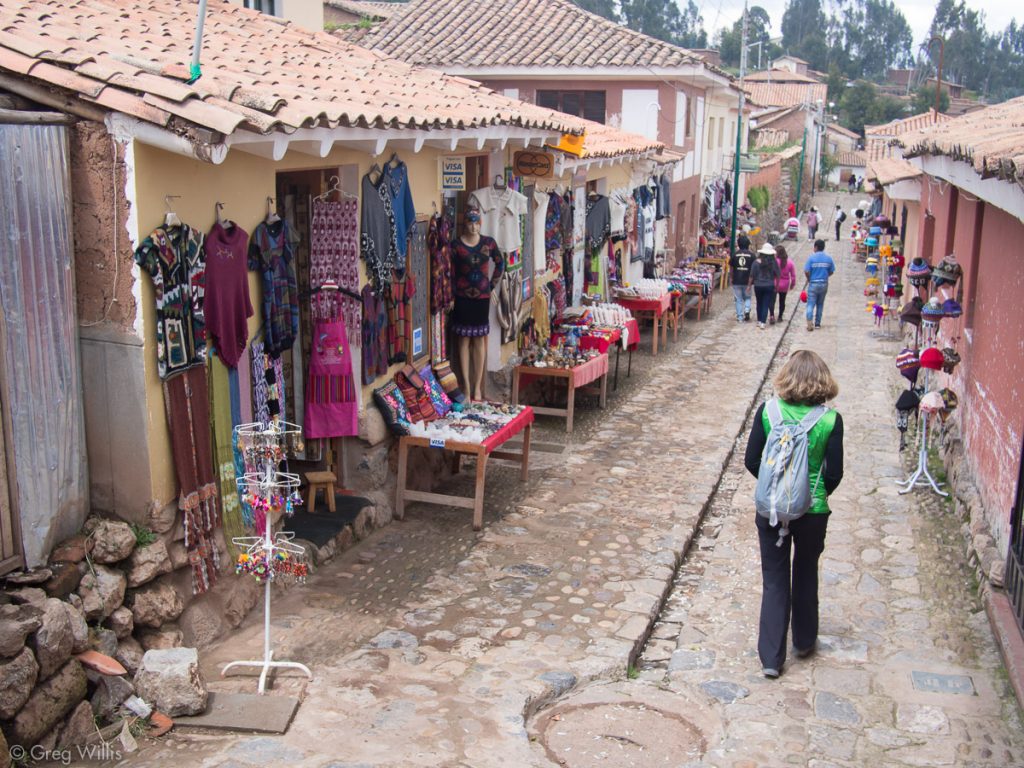
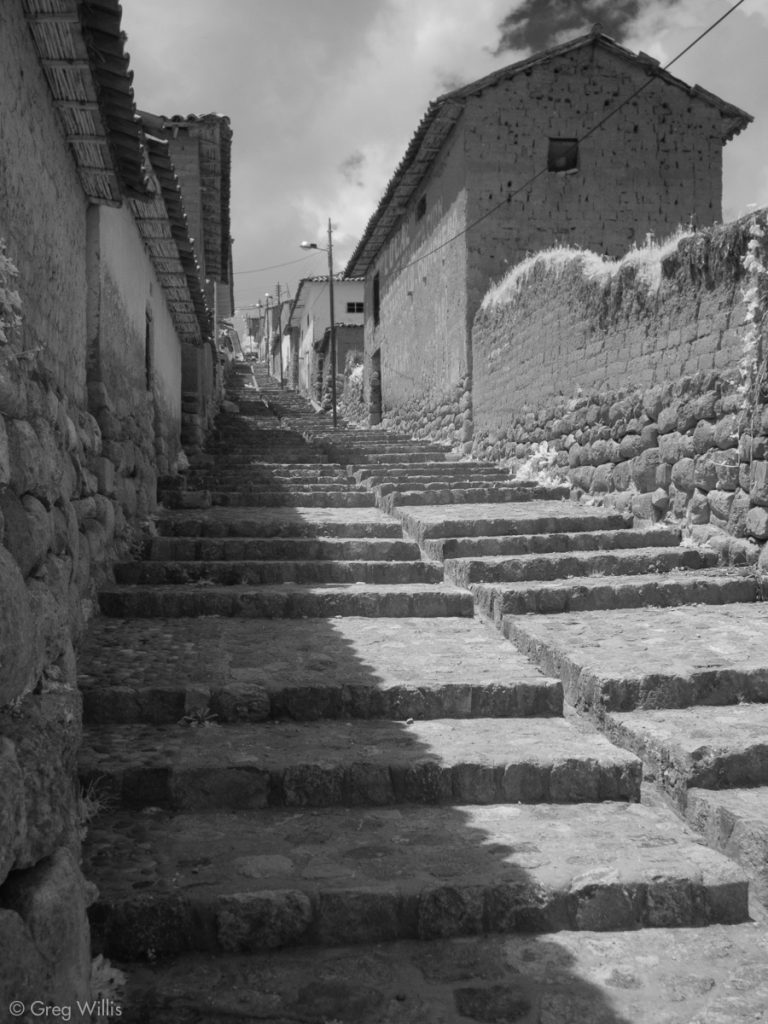
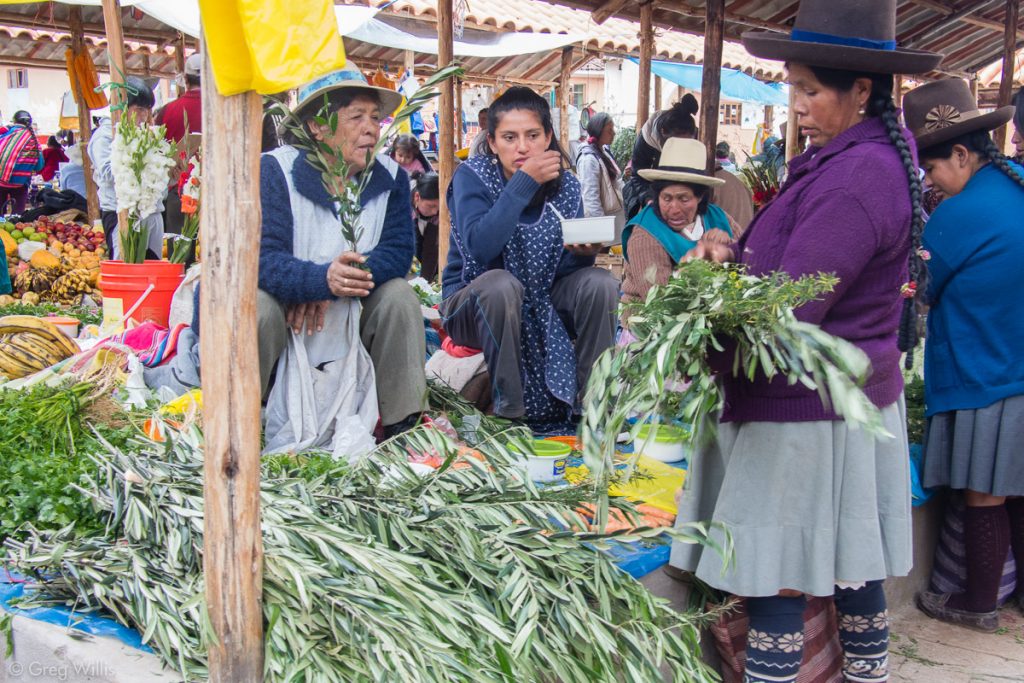
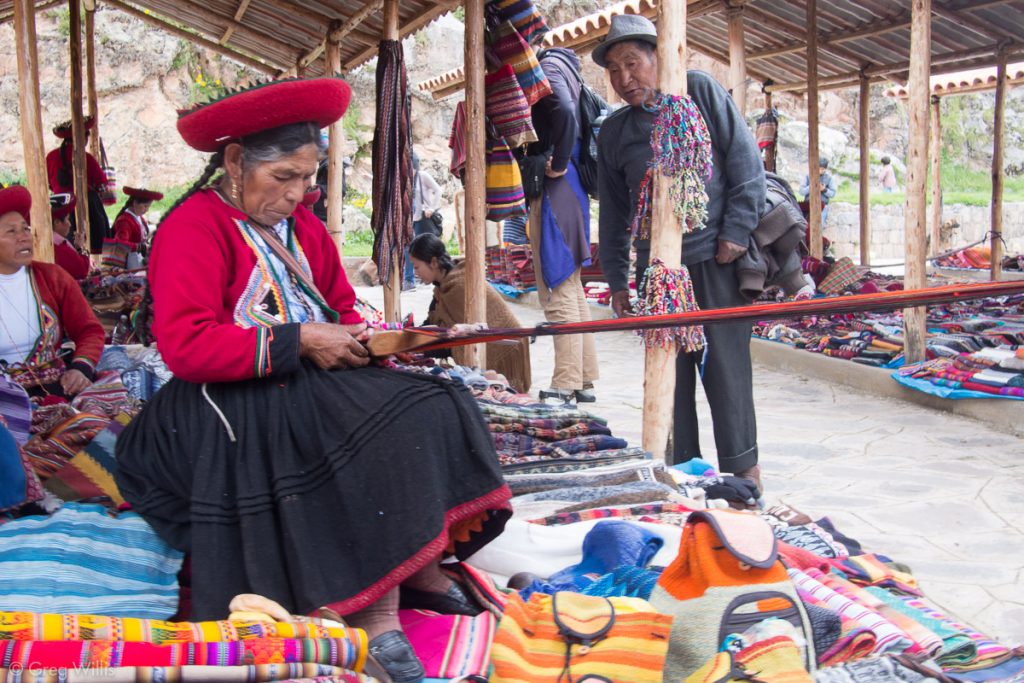

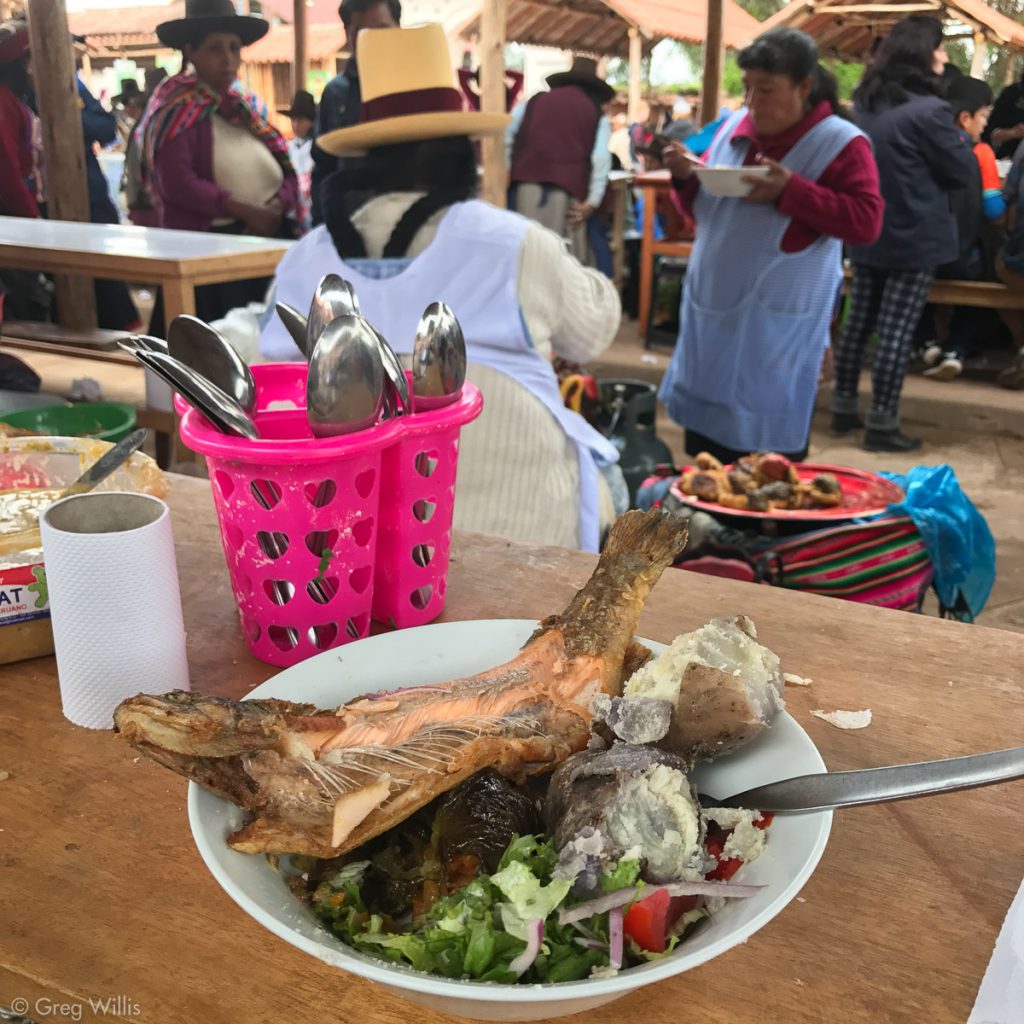
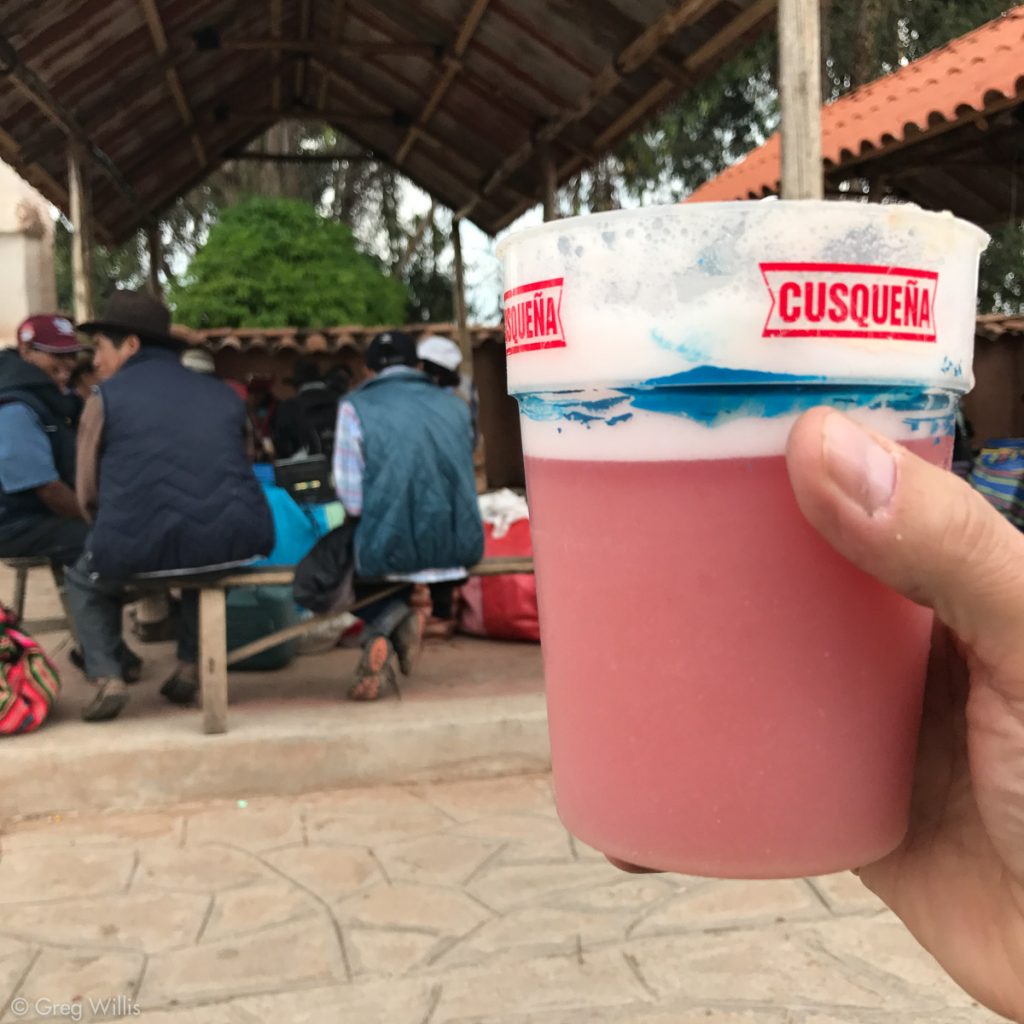
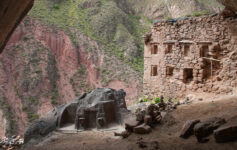
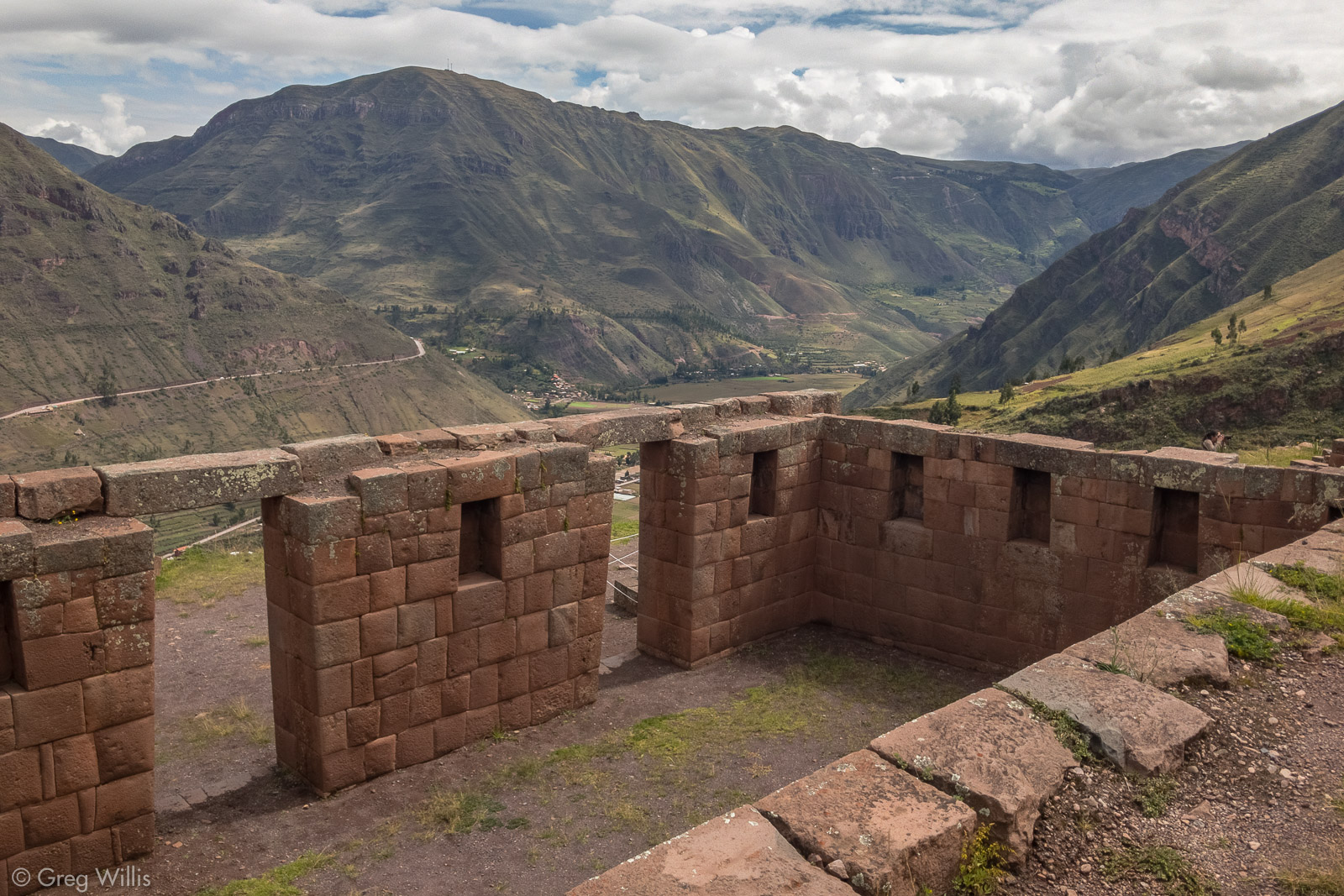
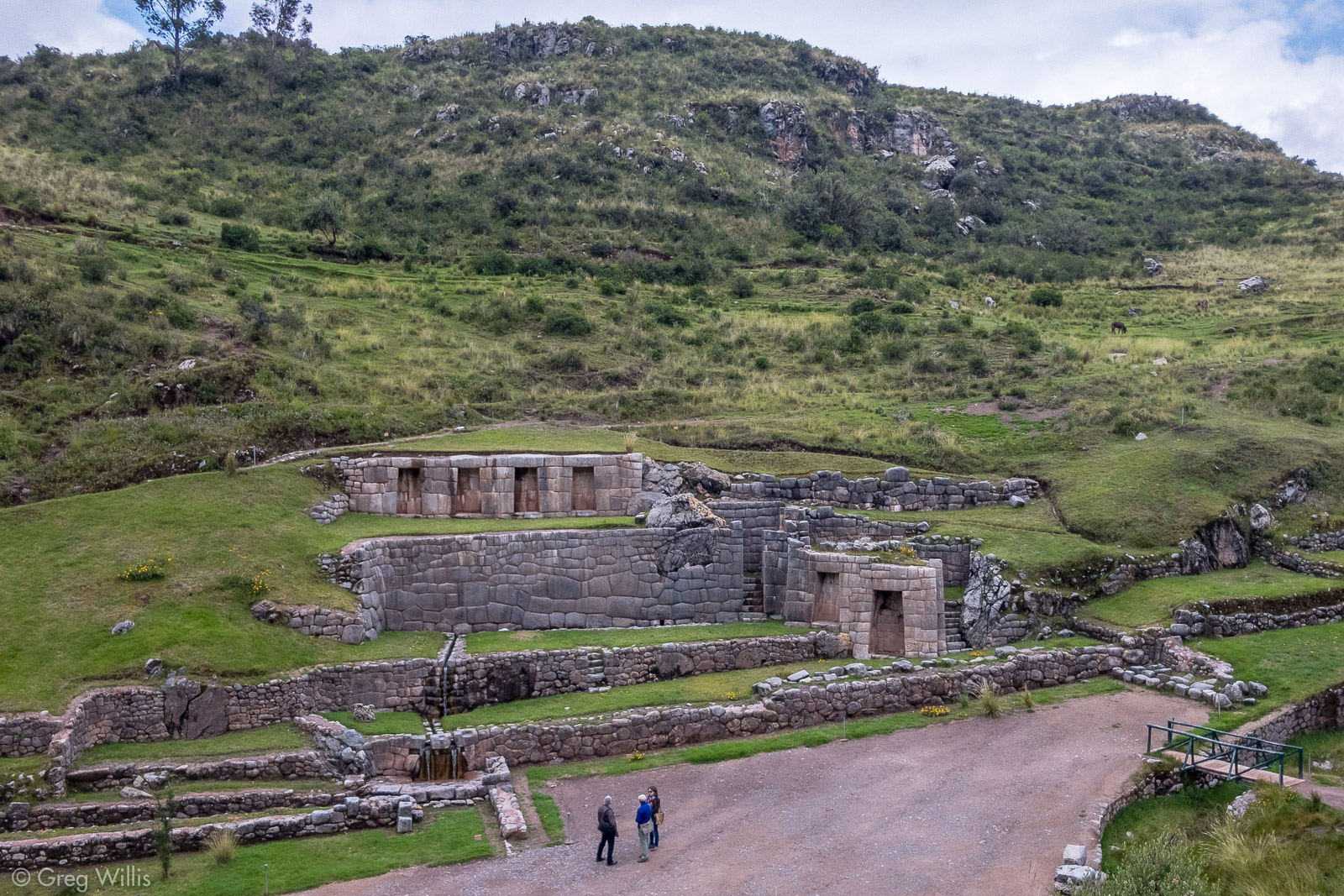

Leave a Reply